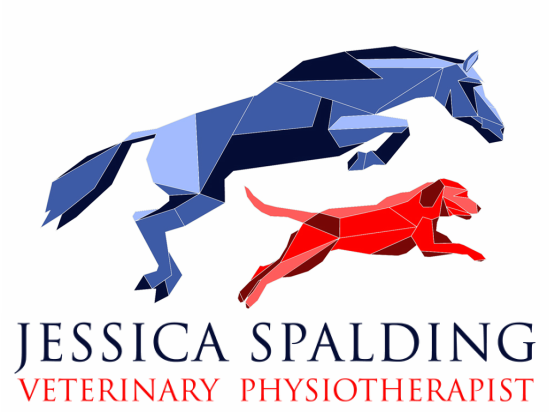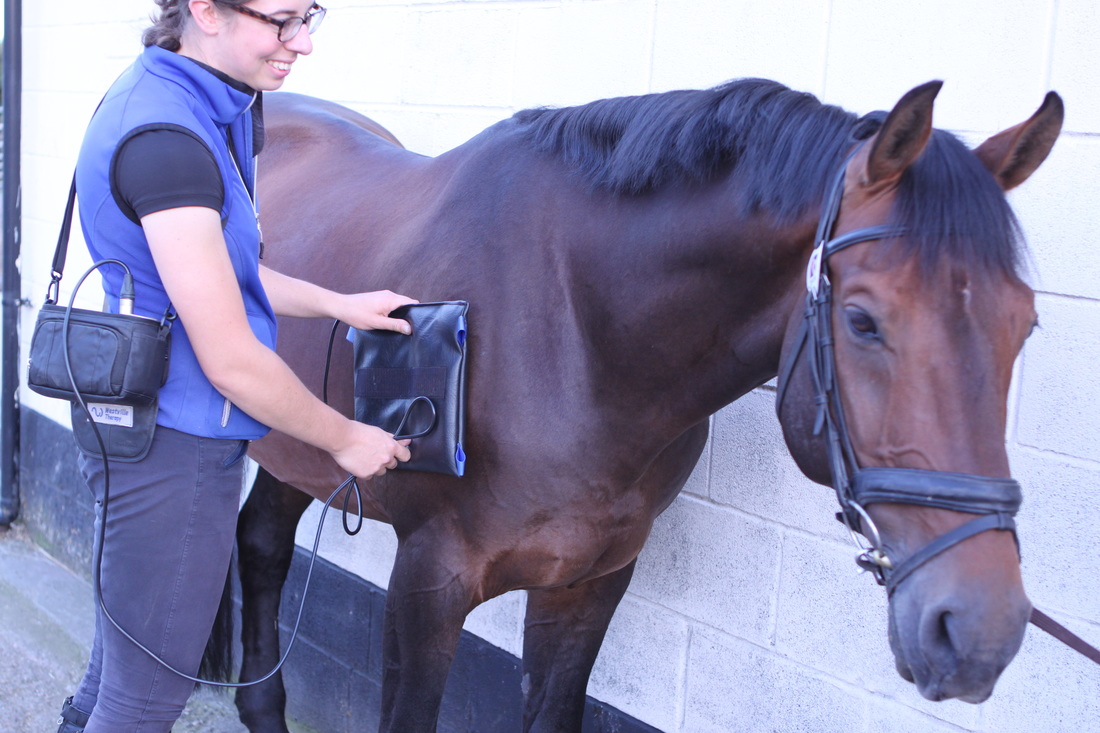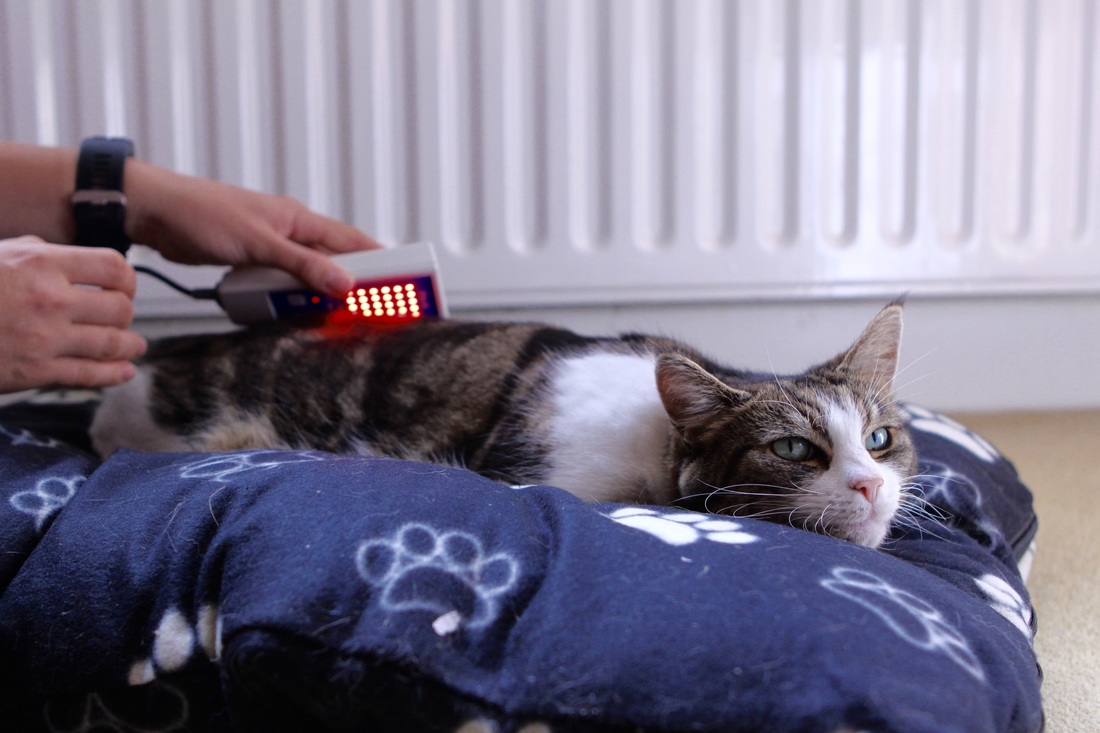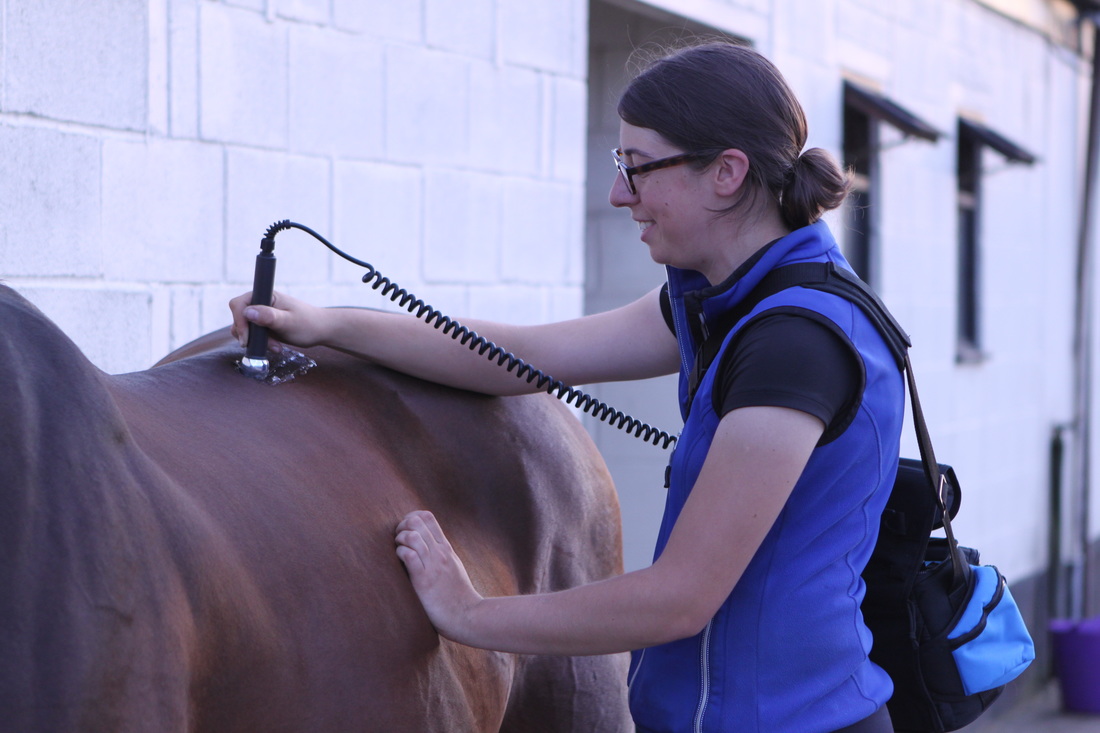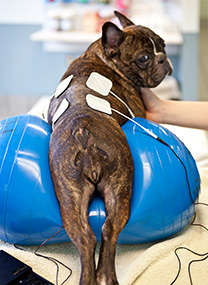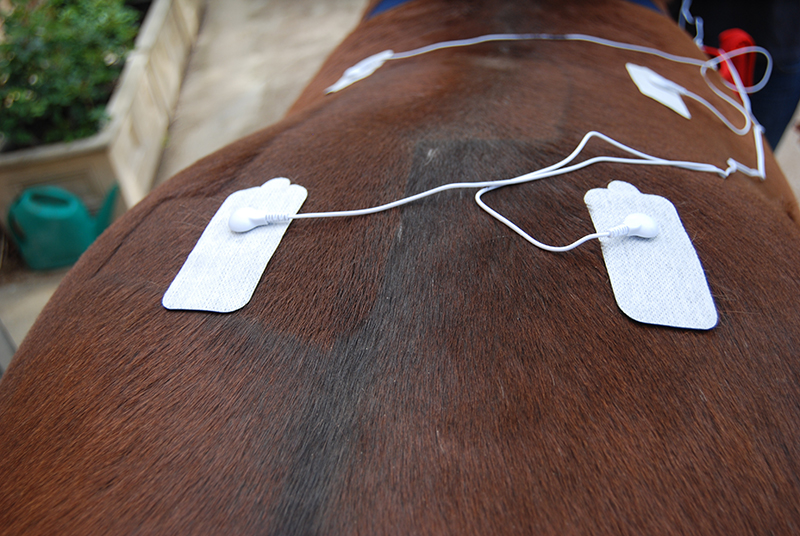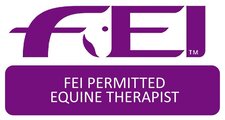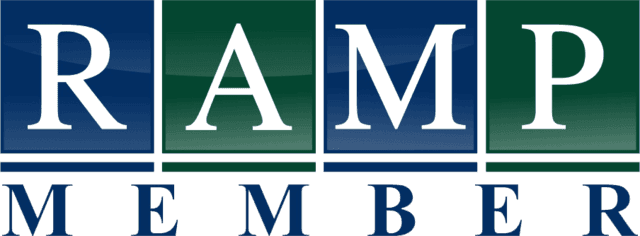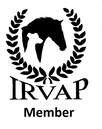Electrotherapies
Jess is a firm believer in research and peer-reviewed publication, and so will only use "gadgets" and electrical machinery that has a firm and extensive amount of research proving its efficacy in multiple species and in respected journals. This not only allows for confidence in the electrotherapies she chooses to use, but also allows for safe practice where the contraindications are well known and also for optimising the results achieved by combining electrotherapies with manual and exercise based rehabilitative practice.
If you require any information on any of the electrotherapies listed please contact Jess for an informative leaflet, further detailing the uses of each machine.
If you require any information on any of the electrotherapies listed please contact Jess for an informative leaflet, further detailing the uses of each machine.
|
Laser phototherapyLaser phototherapy uses blue, infrared and visible red light applied to an area using high intensity light emitting diodes. The energy transferred from the light beam to the targeted tissue alters the chemical structure within the cells of the tissue, or in the form of heat. Different colour lasers have different uses and depths of penetration, with blue phototherapy being useful in treating infected or dirty wounds, treating gingivitis and also mud fever and rainscald in horses, while infrared and visible red can penetrate deeper into the tissue enhancing wound repair, increasing circulation and also reducing muscle spasm in conjunction with manual treatment.
Red light phototherapy has also been successfully used alongside veterinary treatment of muscle, tendon and ligament strains, which are very common in horses. |
|
Neuromuscular electrical stimulationNMES uses a small electrical current applied to certain muscles to stimulate movement. These treatments can be used in small doses to rebuild or maintain muscle mass and can also be used as another method of pain control. This electrotherapies is particularly useful in paralysed or recumbent dogs to maintain muscle mass and to stave off atrophy.
|
Transcutaneous electrical nerve stimulationTENS work slightly differently in animals than it does in human use. It is primarily used for pain control, as it causes the release of neurotransmitters such as serotonin, β endorphin and other hormones. TENS may also be used to produce some muscle contraction.
This machine stimulates sensory and motor nerves to reduce pain, often used after surgery, but can also be used in the management of chronic or acute pain caused by injury |
